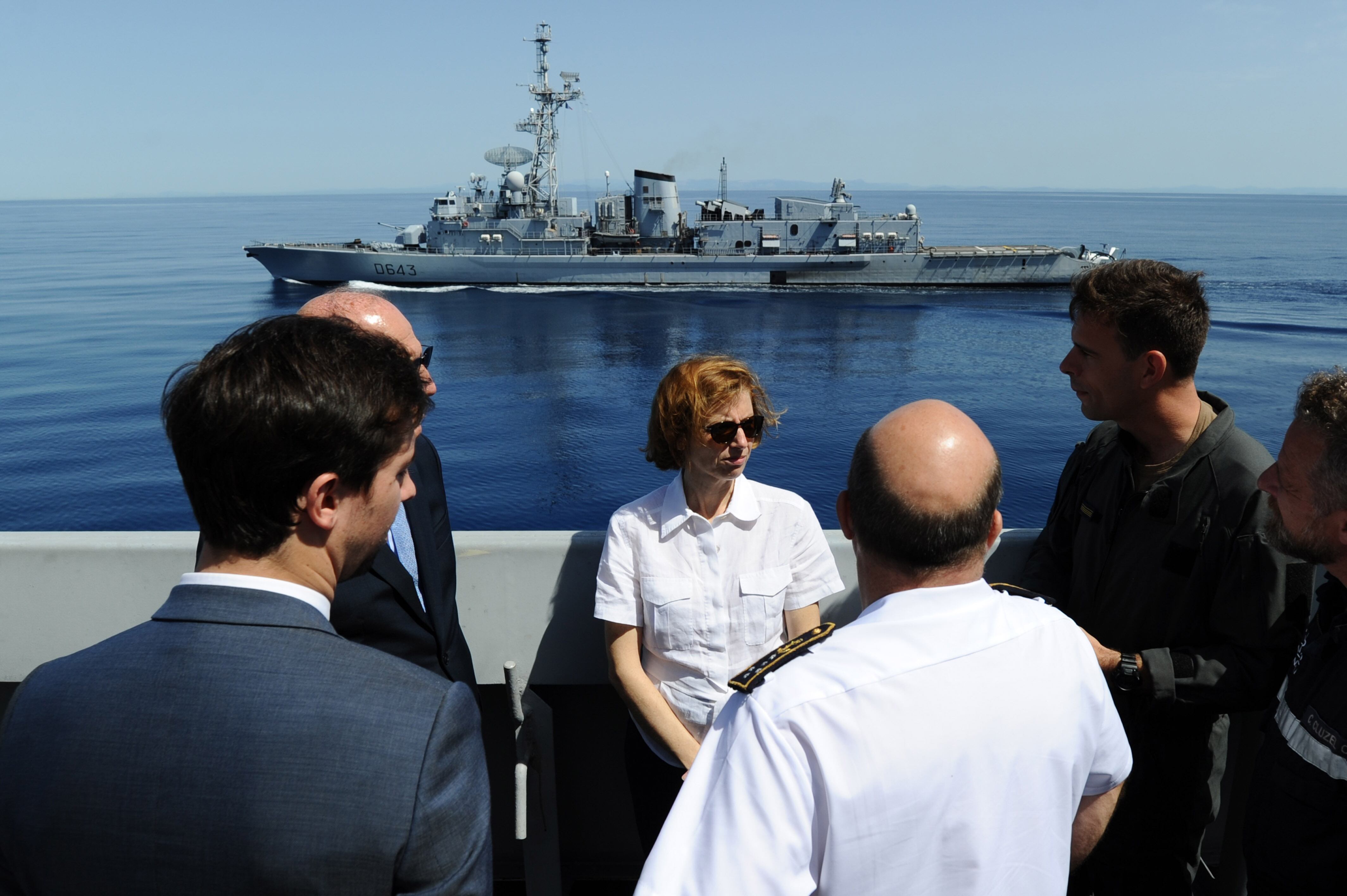MODANE, France — Onera, France’s aerospace research agency, has drawn up a 10-year, €80 million (U.S. $100 million) modernization plan aimed at keeping its key wind tunnels competitive in a world market of civil and military clients.
That upgrade effort includes boosting precision of critical sensors, lasers and computing for 10 wind tunnels, including the large and high-speed S1MA facility, Patrick Wagner, director of Onera’s wind tunnel division, said Feb. 2. There are also new blades being fitted to generate the air flow.
Wind tunnels assist in the testing of aerospace platforms in a controlled environment.
An initial six-year phase calls for €63.5 million of investment, he told journalists. That funding requirement compares to €1.5 billion, the amount required to build 10 new wind tunnels with comparable capabilities.
Onera paid for train fare and hotel accommodation for a press trip to visit the high-security facility here in the French Alps.
The agency also considered borrowing from the European Investment Bank, according to Chairman and CEO Bruno Sainjon. “It is an option,” he said.
The EIB is a major financial institution of the European Union, lending low-cost loans mainly to clients in the EU in an effort to support innovation and talent.
Onera hopes to obtain its financing “as soon as possible,” as the modernization would match work in the pipeline for execution in 2020/2021, Wagner said.
The agency managed to obtain in 2016 an “exceptional” €20 million from the French defense ministry, needed to stabilize the foundations of the S1MA tunnel with freshly poured concrete pillars. That financing came in an initial €15 million, then €3 million, with a final €2 million in 2019, Sainjon said.
The research agency drafted its modernization plan in 2014 in response to a European industry whitepaper on the importance of wind tunnels, he said. That report identified 12 key facilities, of which Onera accounted for eight. Companies which backed that report included Airbus, BAE Systems, Dassault and Rolls-Royce.
Onera has requested that funding from the French government, which is due soon to announce its multiyear military budget law covering 2019-2025.
Aerospace companies seek greater precision when working on new aircraft, looking to cut design time and bring a “super competitive product” to the market, Wagner said. There are wind tunnels in Europe, the U.S. and Russia, with China entering the field. The U.S. facilities are highly advanced.
The wind tunnel is an essential capability in research for stealthy aircraft, said Bertrand Slaski, manager of defense and security at consultancy CEIS.
“That research capacity will be essential in future aircraft programs,” he said.
Onera’s systems would help the Franco-German study for a next-generation fighter jet, and there is also likely to be work on an Anglo-French technology demonstrator for a combat UAV.
French Armed Forces Minister Florence Parly has also pledged to support innovation, so Onera’s technology could be significant, Slaski said.
Onera is in talks with Dassault Aviation for an air-intake design for the planned Future Combat Air System, Wagner said. Those air intakes are critical for stealth, as are the wing flaps. A model has yet to placed in the wind tunnel.
The agency also expects work from Franco-German studies for a future fighter jet, a potential successor to the Rafale and Eurofighter Typhoon.
For Onera, the wind tunnels are a “sovereignty” issue, with work conducted on the French M51 submarine-launched nuclear missile and ASMP/A airborne nuclear weapon. There were airflow tests on the design of the Charles de Gaulle aircraft carrier, a flagship for the French Navy.
RELATED

There was work on aerodynamics of the A400M, an aircraft with highly complex aerodynamics with its four turboprop engines.
Workflow at the S1MA varies from year to year, with 850 hours booked this year, up from 200 hours last year. The agency expects about 1,000 hours of work per year in the tunnel, charging €100,000 per day. A test campaign lasts some two to three weeks.
The S1MA is the gemstone, largest of the wind tunnels and capable of generating Mach 1 in airflow. Power to drive the large air fans comes from hydraulic power from water brought down the mountainside next to the site.
The wind tunnels are built on plans seized in Germany by French forces at the end of World War II.
The French Air Force and the precursor to the Direction Générale de l’Armement procurement office saw in 1946 the importance of aircraft design and backed the building of the Modane research center. That has led to the old buildings and infrastructure, which now need attention, and the call for the modernization plan.
Onera reported €235 million worth of business for 2016, of which €105 million came from orders from the French government. Defense work accounted for 28 percent, with the rest civil. Onera’s work previously relied wholly on military work.
The agency actively seeks foreign clients, inviting executives to visit the site and observe tests.
Sainjon is due to attend the Singapore Airshow, which opens Feb. 6. There is strong cooperation between France and Singapore in the technology and research front.
Parly had been due to visit the Onera facility Feb. 2, but the minister diverted to the Luc Army base, southern France, to pay respect to the loss of five service men following a crash of two Gazelle helicopters at the training center.








